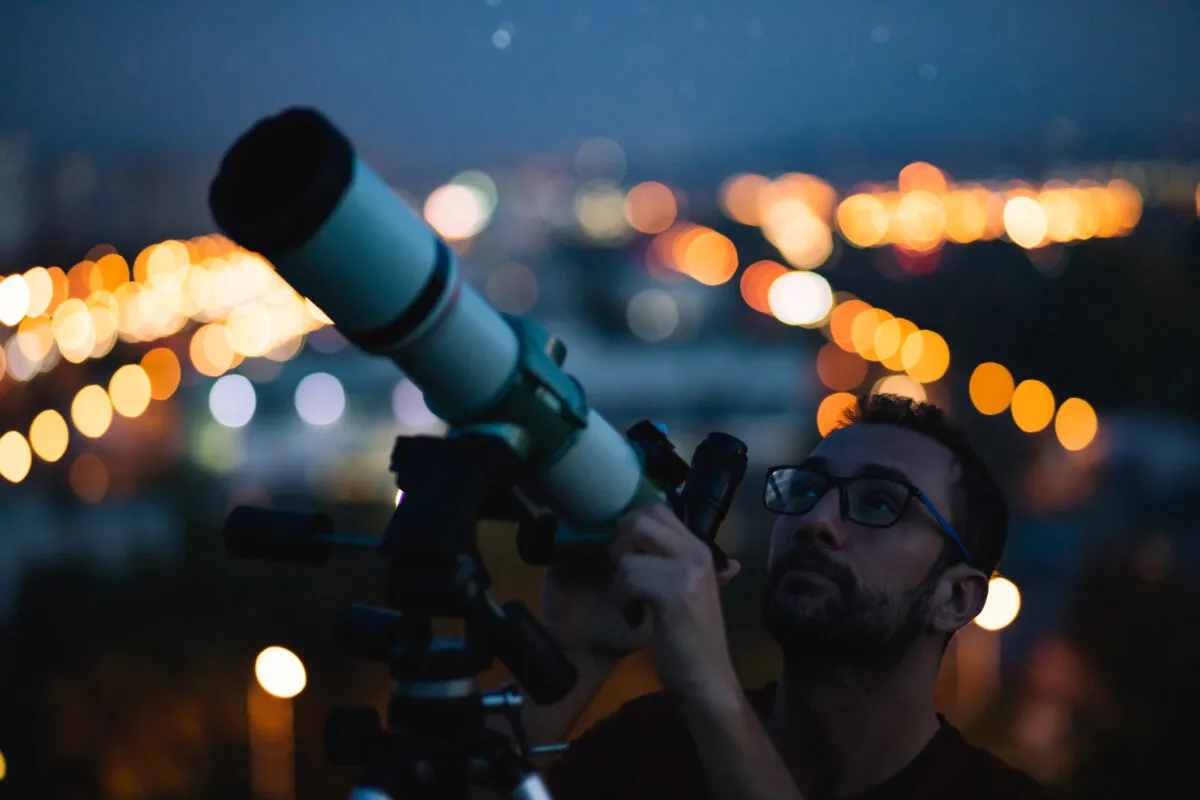Few of us have the ideal observing location, and finding somewhere to observe can be a challenge.
The simplest solution is to make the most of where you are: the Sun, Moon and bright planets shine through even the worst light pollution, and some leading planetary observers achieve brilliant results from urban locations.
Skilled astrophotographers can now get impressive deep-sky images even in city skies by using narrowband filters.
If you really need to, it is possible to stargaze from a city or do astrophotography from a city.
For more advice, read our pick of the best places to stargaze in the UK.

But there comes a point where you need darker skies. If you have a car, it might seem easy enough to head for a country area, but finding a good and safe spot can be tricky.
A layby in a country lane is likely to have passing cars whose lights are a nuisance and whose occupants may stop and ask what you are up to, or worse.
Country car parks are often frequented by people you’d rather not be involved with, particularly if you are equipped with telescopes, binoculars and cameras – not to put too fine a point on it!
However, the risks of lone observing in dark places can be more imagined than real.
In my experience the most likely problem is that your observing time will be spent chatting to police officers grateful for an unusual diversion on a quiet night.
But it might help to carry a copy of BBC Sky at Night Magazine to help convince them of your story.

Picking your stargazing spot
It’s a good idea to carry out a daytime recce of a potential observing site, as drawbacks are not always obvious at night.
The ideal location should have solid, level ground and be well away from habitation, as well as having an unobstructed, dark horizon.
But if you are concerned about your safety, the best solution is to find a landowner who is happy to let you observe from their property.
This is not always as simple as knocking on a nearby farmhouse door, as these days much of the land is owned by conglomerates and the adjacent farmhouses are private residences.
Campsites are also a possibility, though you’d need to find one where you can keep well away from others, both to allow you to get on with observing and to avoid disturbing the other guests.

There are also star parties around the UK where you can observe in company, and some local astronomical societies organise observing weekends in dark-sky areas.
That said, there is a real need for purpose-designed observing areas, and our dark-sky parks should aim to provide these.
A concrete hardstanding and a wind break against the prevailing wind, accessible but away from public roads, would be a boon to amateur astronomers.
Those without a car are limited to sites within easy reach of home. Here the options are very limited, as you will usually be in public areas.
All you can do is to find spots which are not often frequented. Churchyards are worth a try, if the church is not floodlit.
But wherever you choose, check with the owner of the site. They may say no or require unreasonable notice (which would be hard to arrange, given our weather), but if you’re lucky you could get access to a secure site that you were unaware of.
This guide originally appeared in the December 2019 issue of BBC Sky at Night Magazine.
